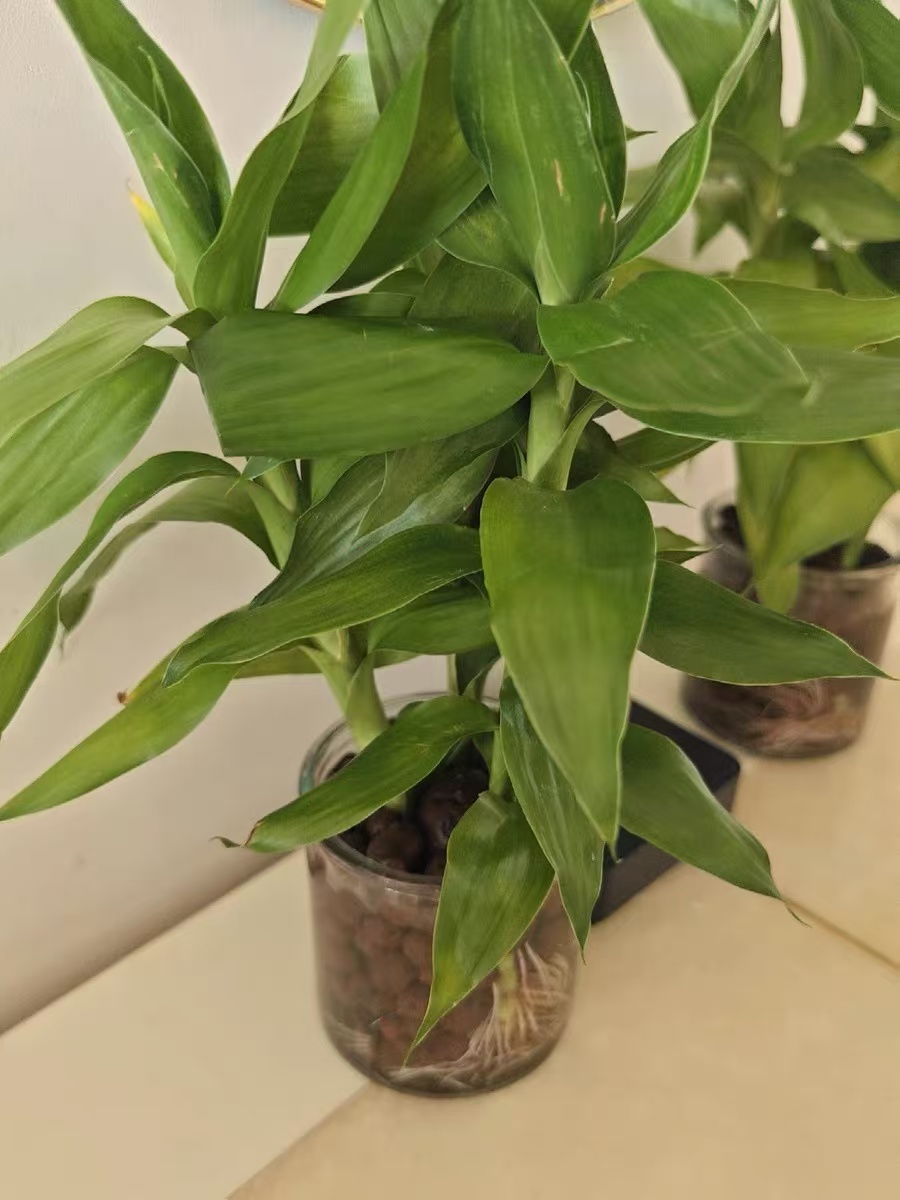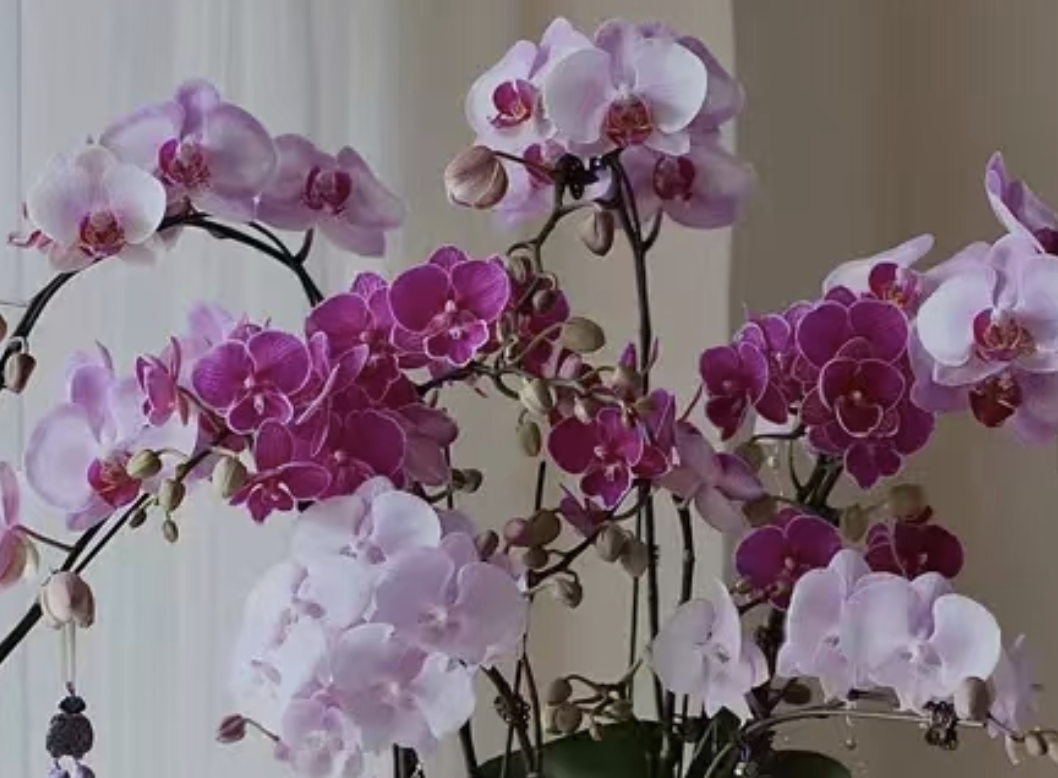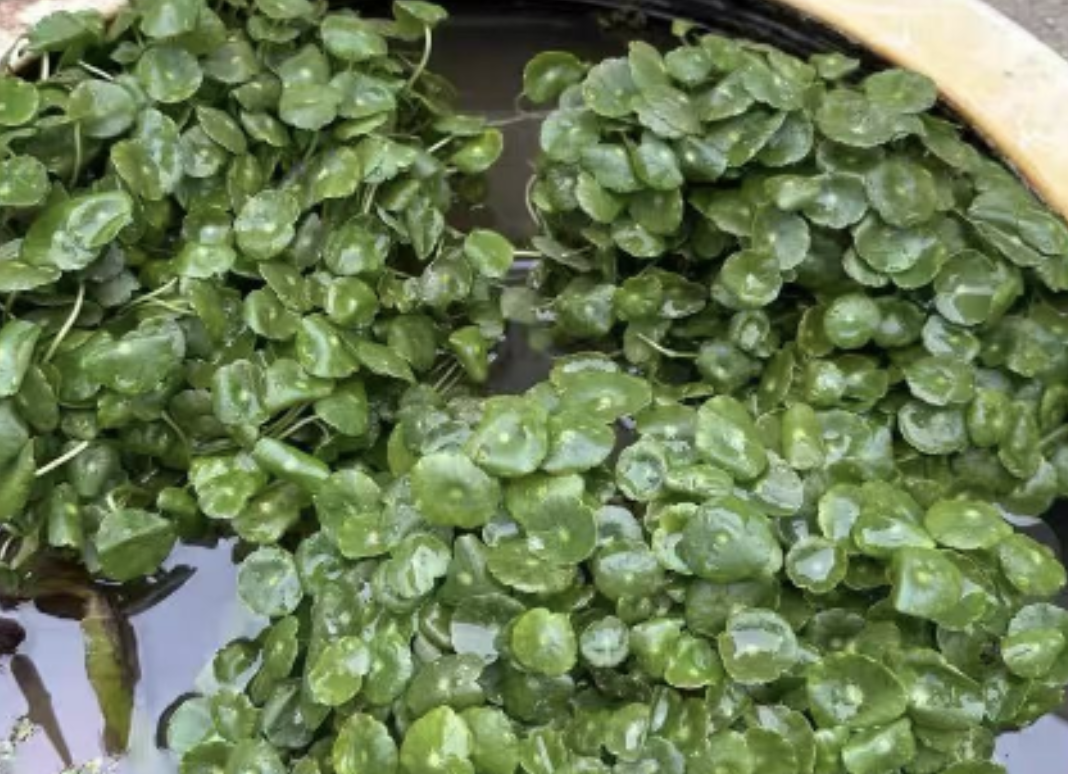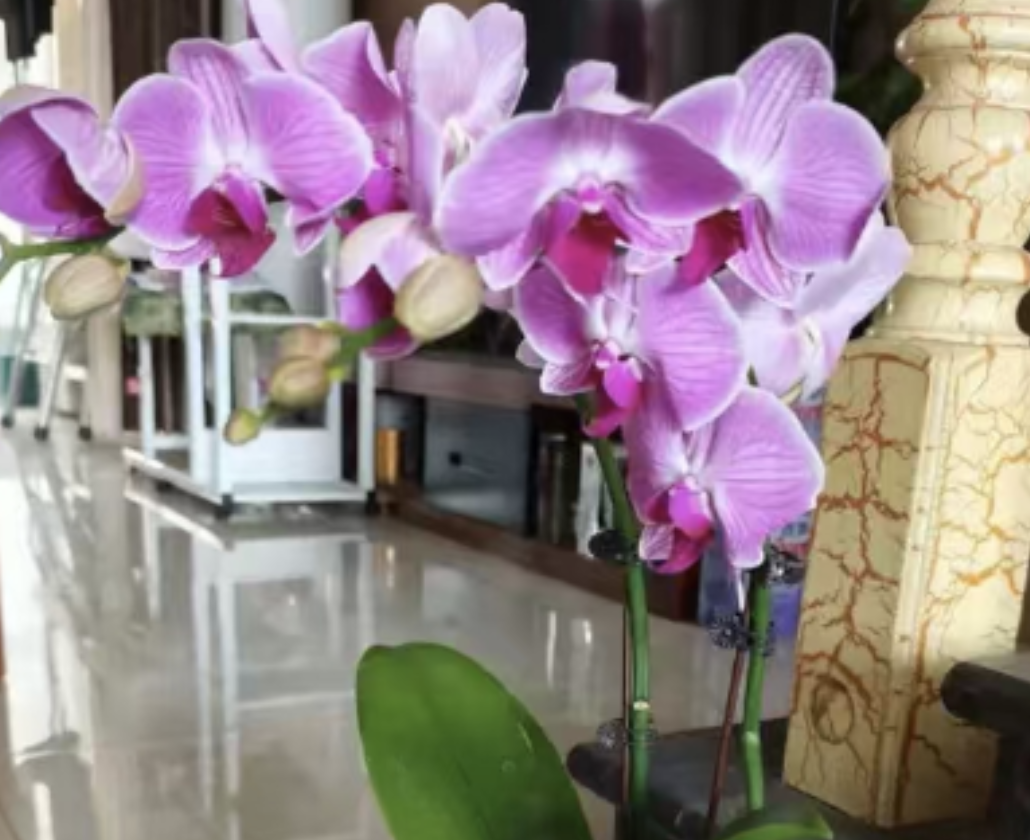Bambusa multiplex var. riviereorum is an indoor green plant with extremely high ornamental value. However, during the process of cultivation, many people will encounter the problem that the leaves of Bambusa multiplex var. riviereorum turn yellow. This phenomenon not only affects the appearance but may also be a warning sign of the health condition of the plant. The following will introduce in detail the reasons for the yellowing of the leaves of Bambusa multiplex var. riviereorum and the quickest remedial methods to help you quickly restore the lush green vitality of Bambusa multiplex var. riviereorum.
Reasons for the Yellowing of the Leaves of Bambusa multiplex var. riviereorum
Improper Water Management
Overwatering: It leads to waterlogging in the soil, blocking the root respiration and thus causing the yellowing of leaves. At this time, the yellow leaves usually appear dull yellow and without luster on the new leaves, while the change on the old leaves is not obvious.
Drought due to Water Shortage: If the plant is not watered for a long time or is not watered enough, it will not get sufficient water supply, and the leaves will gradually turn yellow and dry.
Lighting Problems
Direct Exposure to Strong Light: Bambusa multiplex var. riviereorum prefers a scattered light environment. Long-term exposure to strong sunlight will cause the leaves to be burned and turn yellow.
Insufficient Lighting: Although Bambusa multiplex var. riviereorum does not like strong light, being in a shaded environment for a long time will also affect its photosynthesis and cause the leaves to turn yellow.
Unsuitable Temperature
High Temperature Environment: If no cooling measures are taken in summer when the temperature is high, it is easy to intensify the transpiration of the leaves of Bambusa multiplex var. riviereorum, causing the water to lose too quickly and the leaves to turn yellow.
Frostbite in Low Temperature: Bambusa multiplex var. riviereorum has poor cold resistance. When the temperature is lower than 5°C in winter, frostbite is likely to occur, resulting in the yellowing and even withering of the leaves.
Soil and Fertilization
Compacted Soil: Poor soil aeration and drainage will affect the root respiration and nutrient absorption, leading to yellow leaves.
Improper Fertilization: Excessive fertilization is likely to burn the roots, while lack of fertilizer will lead to insufficient nutrients, both of which may cause the yellowing of leaves.
Other Factors
Pest and Disease Infestation: Diseases and pests such as leaf blight will cause symptoms such as leaf spots and yellowing.
Unventilated Environment: Staying in a closed environment for a long time is prone to breeding bacteria and affecting the health of the plant.
The Quickest Remedial Methods for the Yellowing of the Leaves of Bambusa multiplex var. riviereorum
For Root Rot Caused by Excessive Water: Immediately stop watering, take the Bambusa multiplex var. riviereorum out of the pot and place it in a ventilated and shady place to dry. After the soil is dry, replant it.
For Drought due to Water Shortage: Water thoroughly in time, keep the soil in a slightly wet state, and at the same time, appropriately spray water to increase the air humidity.
Avoid Direct Exposure to Strong Light: Move the Bambusa multiplex var. riviereorum to a place with soft light, such as an area near the window but avoiding direct sunlight, or use a sunshade net to provide appropriate shading.
Increase Scattered Light: When there is insufficient lighting, move the Bambusa multiplex var. riviereorum to a bright place to ensure that it can receive sufficient scattered light.
Cooling in Summer: Reduce the environmental temperature by spraying water, ventilating, etc., to avoid high-temperature burning of the leaves.
Warming in Winter: Move the Bambusa multiplex var. riviereorum to a warm place indoors, keep the room temperature above 10°C, and use insulation measures if necessary.
Replace the Soil: If the soil is compacted and has poor aeration, replace it with loose, fertile and well-drained soil in time.
Reasonable Fertilization: During the growth period, apply a thin compound fertilizer solution once a month, avoid using concentrated fertilizer to prevent burning the roots. When there is a lack of fertilizer, supplement the fertilizer mainly composed of nitrogen fertilizer in time.
Regular Inspection: Regularly inspect the leaves and branches of Bambusa multiplex var. riviereorum, and take measures to prevent and control pests and diseases in time when they are detected.
Spray Pesticides: For the already infected pests and diseases, use targeted pesticides to spray for treatment.
Precautions for Daily Cultivation
Keep the environment well ventilated to reduce the occurrence of pests and diseases. Regularly wipe the leaves with a damp cloth to remove dust and dirt and keep the leaves smooth. During the growth period, appropriately prune the overcrowded or weak and sick branches to promote the ventilation and light transmission of the plant.
Although the yellowing of the leaves of Bambusa multiplex var. riviereorum is a common problem, as long as the reasons are found and the correct remedial measures are taken, the lush green vitality can be quickly restored. I hope the methods provided in this article can help you solve the problem of yellowing leaves of Bambusa multiplex var. riviereorum and make your green plants grow more vigorously.
What Should I Do If the Leaves of Bambusa multiplex var. riviereorum Turn Yellow?

Share with
Tagged in :




Leave a Reply